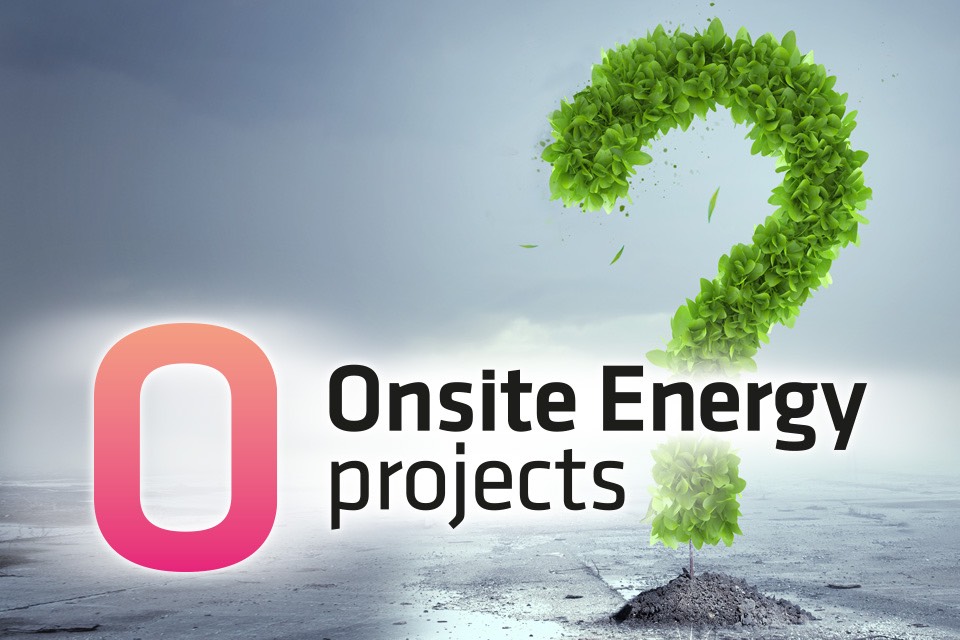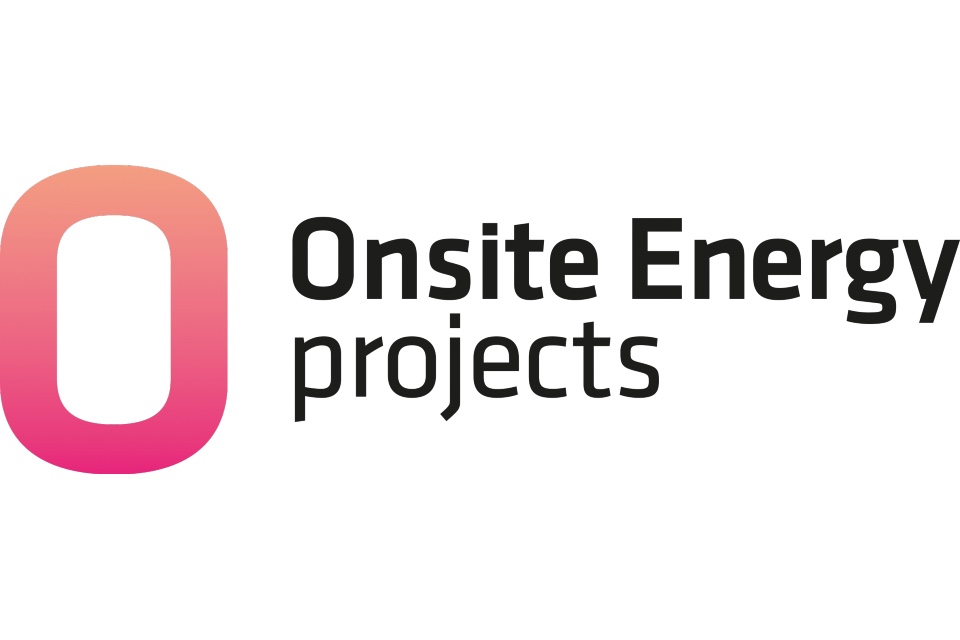Can a data centre achieve Net Zero?
https://energymanagementsummit.co.uk/wp-content/uploads/2020/02/Onsite-Energy-Projects-20th-Feb-image-2.jpg 960 640 Stuart O'Brien Stuart O'Brien https://secure.gravatar.com/avatar/81af0597d5c9bfe2231f1397b411745a?s=96&d=mm&r=gAchieving net zero is a challenge for any business but data centres are amongst the most power hungry users. Globally data centres consume >3% of total power generation (that’s 140% of the entire UK power generation). So can data centres ever attain net zero?
Some data centres simply buy “green tariffs” which in my view is a cheat, and it won’t be acceptable in the long run. It also misses the real opportunity of embracing the move towards net zero, which is to reduce operating costs and be green at local level. Achieving net zero lies in a combination of energy efficiency and local zero carbon generation.
Data centres are often measured by their PUE (Power Usage Effectiveness) which is Total Facility Power consumption divided by IT Equipment Power. Typically PUE is in the range 1.5-2.0 depending on location. The traditional approach in building a data centre is to size the power supply and cooling to the maximum compute capacity, with redundancy. In practice this means a lot of equipment on standby or in reserve just in case.
We typically see several energy savings options in data centres. For instance, alternative cooling technologies can be used which save significant energy (up to 90% of cooling load), and are also cheaper than traditional cooling and more scalable to deploy as IT power grows. Resulting PUE can fall below 1.1.
Reducing consumption also narrows the gap that zero carbon onsite generation then needs to address. The main factors in specifying generation solutions are usually available space on site, scale of generation needed and access to nearby low carbon or renewable generation.
The benefits such an approach brings are (1) cheaper operating costs; (2) reduced CO2 emissions; (3) long-term cheaper power than grid, and (4) enhanced resilience. These are all key factors in attracting and retaining tenants. Adoption of the alternative cooling technologies can even enable more dense rack compute power, so enabling more use of space, higher rents and higher occupancy.
The technology may not be there today to go fully net zero, but I am convinced its coming. Adopting a strategy towards net zero will be vital for attracting and retaining customers.
Onsite Energy Projects enables the achievement of net zero via our innovative data-led approach and zero capex solution. For more details please contact us at info@on-site.energy or on 0161 444 9989.



